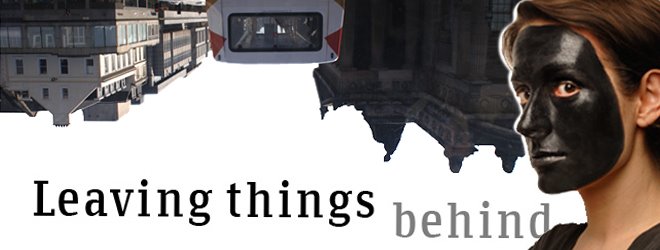Last time I cried over a book was when I was 11 and I was reading Henryk Sinkiewicz's Quo Vadis.
I was not expecting the gap to last so many years but I do not often read fiction these days. I am always more attracted by historical essays (give me Barbara Tuchman, Antonia Fraser or even John Keegan any time) or biographies (either of people or cities). However last night, when reading last chapters of David Mitchell's The Thousand Autumns of Jacob de Zoet a wet bundle appeared in my throat (well, technically it was already last morning as it was 4.30 am and Simon was playing freesbee on his iPad next to me in bed).
This book is a greeping read and I do not hesitate to put it on my top ten of my favourite ever novels. I was torn between savouring the most beautiful and sophisticated language that the novel is written with and racing the pages to learn about next move of the characters. And I cared about the characters, even a talking cat one.
Mitchell constructs his story with a surgical precision, twisting and cutting the narration into small chapters
ping ponging backward and forward between different locations and points of view (once we see the world via eyes of a Japanese midwife and a moment later a description of her is provided by a cat that passes by her on a courtyard) and all that tumble is still perfectly clear like a tumble of colourful threads where one is still able to see wher each one of them goes.
Research is precise and thorough (we are in an 18th century Dutch trading post of artificial island of Dejima built in the port of Nagasaki) and frankly it was my favourite part of the novel (apart from the brilliant plot).
Starting with construction of sentences particular for that period in the history of language, through various
dialects (a marvellour rendition of accents and way of speaking by Irish sailors, Japanese translators and even a Dutch cook), history of medicine and Japanese cuisine and architecture, the book's language is a very visual one. Chapters remind me of film cuts (especially in moments when we hear what one character is saying while a small description of someone who is slowly peeling an egg is thrown in between the lines of the monologue) or rather Ukiyo-e woodcuts of Japanese artists. Every twist nd turn has a reason which either reveals itself on a next page or several chapters later, plots combine, twist and untwist, nothing is forgotten, none of the caracters is left unfollowed and we worry about them all (ok, maybe not a ruthless and evil Abbott Enomoto but a monkey called William Pitt yes) to the same extent.
So now I will put my boots on, grab an umbrella nd venture into the rain to get through to the dangerous world of Waterstone's bookshop (dangerous for my wallet of course) down the road (that fortunately offers a salvation af a hot Starbucks coffee sanctuary) and try to find some other novels by the same author, because I somehow doubt it that somebody else's writing will be able to grasp me with the same intensity for a while to come.
P.S. A special hi to Kasia, who is a big fan of Mitchell's work! I hope you have had a great time in NY and you will tell me all about it when we chat next time. I will do my best to obtain the tickets for a meeting with writer during the Book Festival this year as you have advised.
P.S. 2 A review of the book by James Wood in The New Yorker (with whom I can agree only in parts beacuse as you can see from this post above I LOVED the book and I recomend it to read especially in original language as translating it will be a difficult job not for fainthearted).


No comments:
Post a Comment